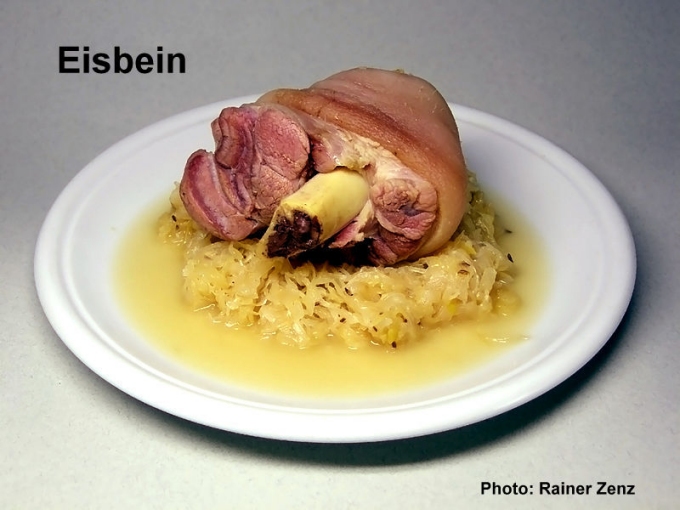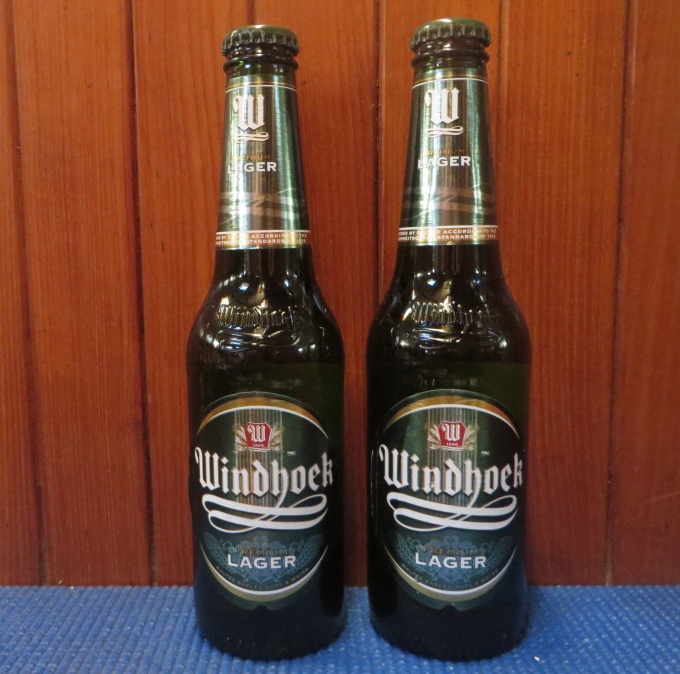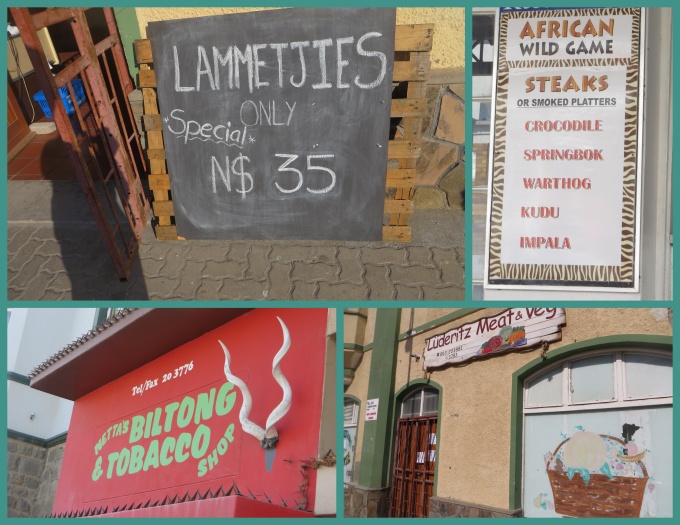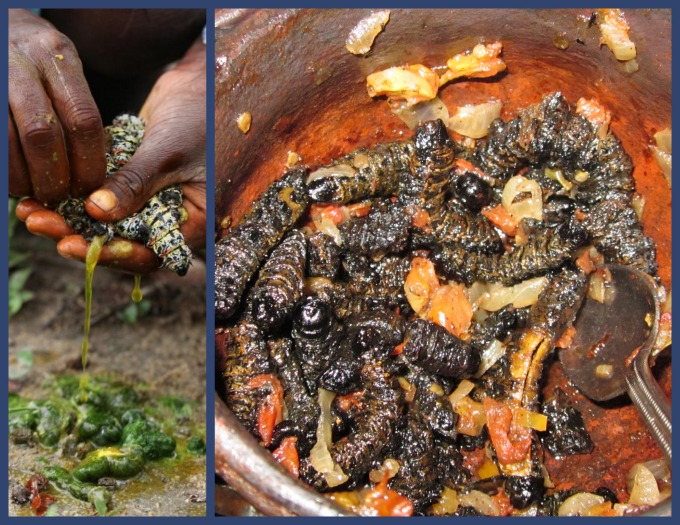Namibian Food and Drink
/Seeing the Joy of Cooking on Ian's bookshelf yesterday, reminded me that I haven't given much consideration to Namibian cuisine. Every country we've visited has its own particular foods and drinks and Namibia is no exception. Because of its colonial heritage, there's significant German and European influence here. For instance, the breads are good here in Luderitz, especially the brotchen that we buy fresh every day at the supermarket and the hearty dark, seeded breads. The strudels aren't bad either!
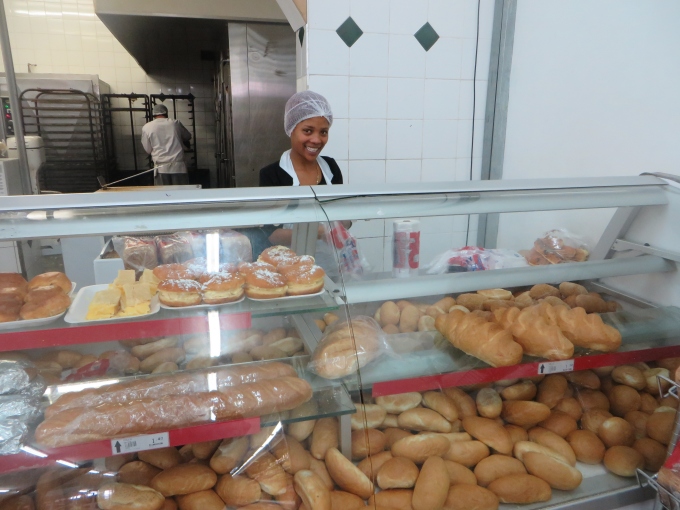
Eisbein seems to be on every menu in every restaurant in Luderitz. This is a pickled ham hock, prepared in the German tradition, usually served with sauerkraut. I've avoided it. Sausages and wursts are common and folks still “braai” in the Afrikaans tradition.
The local beers, both produced by NamBrew, are Windhoek and Tafel, brewed locally, but in the German tradition. They're quite good and we've loaded a case aboard for future consumption.
Tripe, also known as afval, is a traditional food here. The Afrikaans word afval translates to offal (or in my vocabulary ... awful). It's cow and sheep stomach and it's sold in most grocery stores. They make it more palatable (as if) by preparing it in a potjie (the traditional slow-cooking pot) and adding curry. Of course, my mom grew up on a farm and they ate pickled tripe and there are a zillion recipes for preparing tripe worldwide, so this isn't just an African thing. Then there's pluck which is a hardy combination of heart, lung, kidney and livers of animals prepared with potatoes and onions and served in a spicy sauce. No matter how well it's prepared and how lovely it's presented, I just can't get my tongue around it.
David has tried all sorts of game meat … kudu, springbok, oryx … and he compares them to the venison and elk that he's eaten in America. They're served as steaks and in stews and ground up for meatballs, etc. It seems reasonable that native folks would eat what was plentiful and the “boks” (bucks) are plentiful here. There's also zebra, crocodile and ostrich available. Ix-nay on the zebra and croc (I'm sure they taste like chicken), but ostrich was actually pretty good. Biltong, dried, salted meat like jerky, is eaten frequently here and is sold here in bulk or you can grab a piece out of a jar at the grocery check-out. It's available in all those “gamey” varieties.
I saw “mahangu” in the flour section of the OK Grocery and wondered what it was. Mahangu is grown as a subsistence cereal crop here in Namibia and we'd know it as pearl millet. It's served at most meals to stretch the budget and fill the bellies. It can be cooked into a thick porridge and shaped into balls to be eaten by hand with stews. It can also be fermented and turned into an alcoholic drink called oshikundu, sold by local women on the streets up north.
There's local asparagus, Luderitz oysters and crayfish, Kalahari truffles, and omajowa, the large fleshy mushrooms that appear for a brief period at the foot of termite hills in the north shortly after the rains in February. But, the pièce de résistance … a delightful, pop-in-your-mouth snack that's sure to please … mopane worms. Actually, they're the caterpillar phase of the Emperor moth (gonimbrasia belina) and not worms and they're found in mopane trees, hence the name. They're considered quite the delicacy and provide a major source of protein for some of the Namibian indigenous people.
They're prepared by squeezing out their green guts and boiling them in salt water. They can then be dried or prepared fresh … sauteed in oil with a little garlic, onion and tomato or some spicy peri-peri sauce maybe. The locals tend to eat the dried ones like peanuts … salty and crunchy. Yum. No … I did not try them. I think they'd be considered meat and, well, I don't eat meat. Yeah, that's my story and I'm sticking to it. And, no, this is not a recipe for our cookbook.


